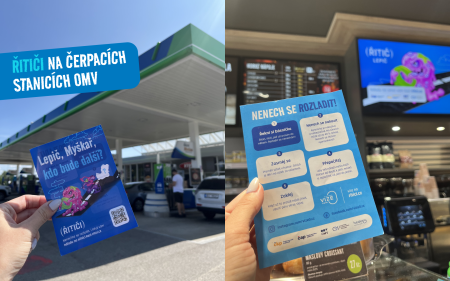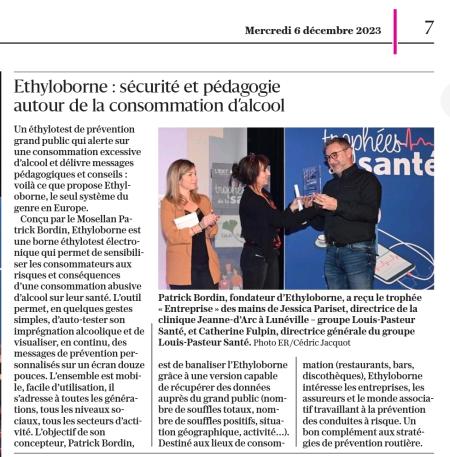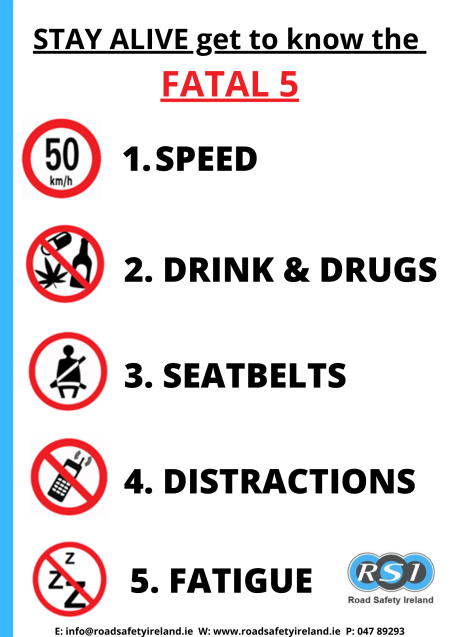Our members are dedicated to improving road safety and sharing their knowledge with the wider community. Here, you can explore our members' good practices – initiatives that have been assessed for their effectiveness in addressing a road safety problem and have proven results.
Get inspired – and sign up to share your good practices too!

Friday, June 14, 2024
Drivers encounter dangerous situations on the roads daily, arising from aggressive driving behavior. The project DriveArse (Czech: Nenechte se rozladit - Řitiči) indirectly built upon findings from the project Aggression Kills (Agresivita zabíjí by ČAP, BESIP) and systematically used them to create a positive solution in situations where a road user is confronted with aggression behind the wheel.
Previous research (Aggression Kills, ČAP, BESIP) indicate that aggressive driving causes up to 40% of fatal traffic accidents. Aggressive driving is dangerous not only for the drivers themselves but also for those around them. 7 out of 10 drivers admit that they are provoked into aggressive driving and change their own driving style. This is linked to the belief of 88% of Czech drivers in the increasing aggression behind the wheel. Almost 60% of drivers under 30 sometimes intentionally do not maintain a safe distance from the vehicle in front of them, and 20% of them purposely speed up when another car is trying to overtake them. At the same time, 87% of drivers are motivated by the considerate driving of others.
In the case of aggression behind the wheel, the current legislative support in the Czech Republic is rather general and does not contain precise definitions of aggressive behavior behind the wheel, its specific manifestations, or the exact penalties that may be imposed. The DriveArse campaign was therefore carried out together with the efforts of Platforma VIZE 0 for legislative changes, using experiences from selected EU countries where legislation defines what precisely aggression is and imposes specific sanctions.
This project comes up with a positive attitude and wit as a tool to deal with unpleasant situations on the road, while also functioning as a creative research. It presents manifestations of aggression through caricatures of aggressive drivers with creative names. In this way, it helps road users to recognise and name aggressive drivers, as well as not to be provoked by such aggressive drivers and to handle the situation with humour (for example with a rhyme or a funny remark).
Previous research (Aggression Kills, ČAP, BESIP) indicate that aggressive driving causes up to 40% of fatal traffic accidents. Aggressive driving is dangerous not only for the drivers themselves but also for those around them. 7 out of 10 drivers admit that they are provoked into aggressive driving and change their own driving style. This is linked to the belief of 88% of Czech drivers in the increasing aggression behind the wheel. Almost 60% of drivers under 30 sometimes intentionally do not maintain a safe distance from the vehicle in front of them, and 20% of them purposely speed up when another car is trying to overtake them. At the same time, 87% of drivers are motivated by the considerate driving of others.
In the case of aggression behind the wheel, the current legislative support in the Czech Republic is rather general and does not contain precise definitions of aggressive behavior behind the wheel, its specific manifestations, or the exact penalties that may be imposed. The DriveArse campaign was therefore carried out together with the efforts of Platforma VIZE 0 for legislative changes, using experiences from selected EU countries where legislation defines what precisely aggression is and imposes specific sanctions.
This project comes up with a positive attitude and wit as a tool to deal with unpleasant situations on the road, while also functioning as a creative research. It presents manifestations of aggression through caricatures of aggressive drivers with creative names. In this way, it helps road users to recognise and name aggressive drivers, as well as not to be provoked by such aggressive drivers and to handle the situation with humour (for example with a rhyme or a funny remark).

Friday, June 14, 2024
Participer aux engagements de l’U.E. pour la réduction du nombre de victimes de moitié d’ici 2030 sur les routes d’Europe.
L’alcool au volant toujours très présent :
• En milieu festif
• En entreprise
La recrudescence de la consommation de protoxyde d’azote :
• La sensibilisation sur les dangers des mésusages (effets sur la mobilité).
• Détection du N2O en exclusivité (Forces de l’ordre)
L’alcool au volant toujours très présent :
• En milieu festif
• En entreprise
La recrudescence de la consommation de protoxyde d’azote :
• La sensibilisation sur les dangers des mésusages (effets sur la mobilité).
• Détection du N2O en exclusivité (Forces de l’ordre)

Friday, June 14, 2024
En los últimos 10 años han muerto 30 mil ciclistas en la UE, según el ETSC.
También ha habido 300 mil ciclistas lesionados graves. Las lesiones cervicales son las graves más frecuentes que sufren los ciclistas, así lo concluyen varios estudios que, incluso, señalan al ciclismo como la principal causa de lesiones cervicales en hombres.
También ha habido 300 mil ciclistas lesionados graves. Las lesiones cervicales son las graves más frecuentes que sufren los ciclistas, así lo concluyen varios estudios que, incluso, señalan al ciclismo como la principal causa de lesiones cervicales en hombres.

Friday, June 14, 2024
We are focusing on the most common causation factors of accidents/collsions on roads.

Friday, June 14, 2024
Pedestrians are one of the most vulnerable users of the urban environment, especially now with the new forms of travel that put them in danger: Personal Mobility Vehicles. The year 2023 ended in Spain with a balance of 118 pedestrian deaths. The most common type of accident they face is run over, which is more common in cities than on interurban roads.PROIN's Intelligent Pedestrian Crossing alerts drivers to the presence of a pedestrian in the vicinity of the crossing with the intention of crossing it. Our system is capable of detecting pedestrians at a distance of more than two hundred meters, simultaneously activating a set of vertical and horizontal warning signs for drivers. The vertical signage is made up of two high-brightness HI LED type signs that operate at slow flashing and minimum brightness while there are no pedestrians in the vicinity, increasing their intensity to the maximum when they detect the pedestrian. Horizontal signage delimits the passage through reflectors or LED plates, reinforcing the alert to drivers. It is a preventive, sustainable system with low energy consumption, improving mobility by reducing accident rates.